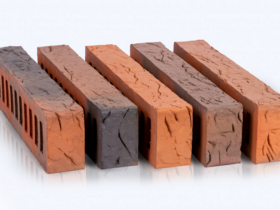Entering any store where plumbing is sold, your eyes simply will not find a place for yourself, so many mixers are represented. If you ask the seller about them, then, most likely, you will not be able to answer the question of which fauxe you are looking for. That is why we suggest you get acquainted with their views and classification.
The faucets are customary to divide by two signs – for its intended purpose and according to the type of structure.
The first group is mixers, the view of which depends on the place of their use. They are kitchen, for a bath, for a shower, for a washbasin and for a bidet. Bath mixers are mainly mixers with a moving nose, because today in most of the apartments in the bathroom there is one mixer for the sink and actually for the bathroom.
Also, a bath mixer can have non -traditional forms for design solutions. Kitchen faucets can also be moving, but another distinguishing feature of them is a stretching shower nozzle. The shower mixers do not have a spout, but have a hole for a hose under a shower nozzle. The bidet mixers have a floating head to make it more convenient to wash.
The second group – mixers that are divided depending on the type of structure. Here the choice is small. It is either valve faucets or ball. We are well familiar with valve mixers.
They are mixers with a nose, on both sides of which valves are located, to adjust cold and hot water. They are inexpensive, as well as their dismantling, as well as adapted to chlorinated water.
Ball mixers are more comfortable and elegant. Instead of two valves for a separate water adjustment, one handle is installed in them. The movements of upwards regulate the force of the pressure of the water, and the movement left and right the supply of cold and hot water.









